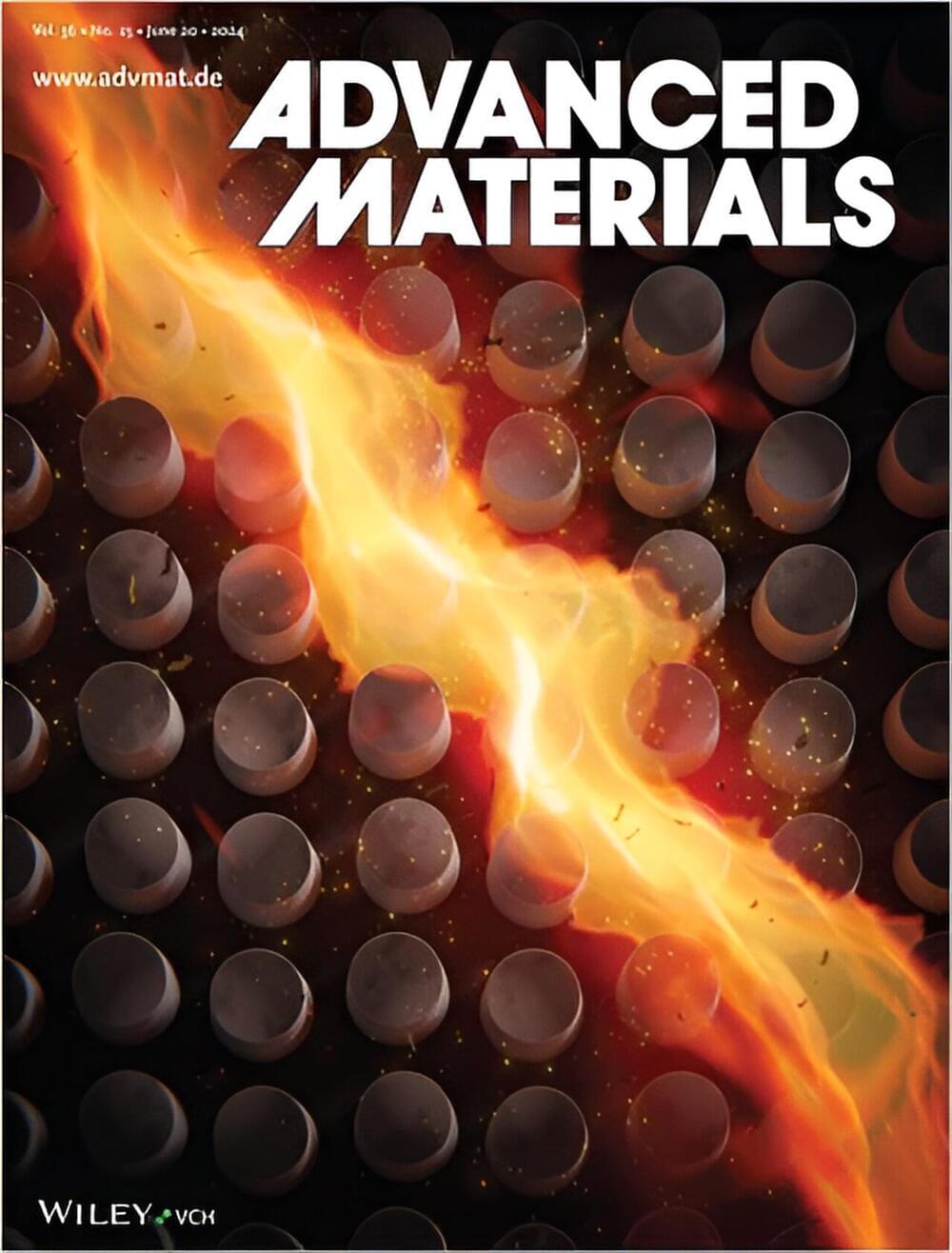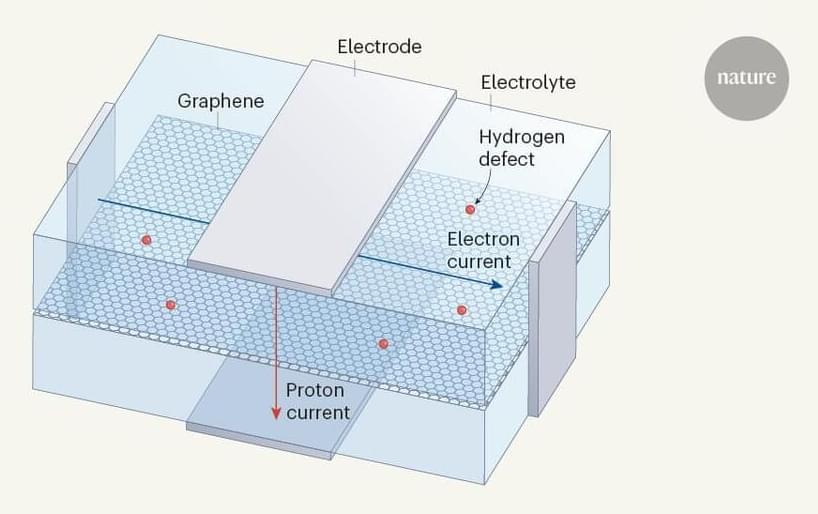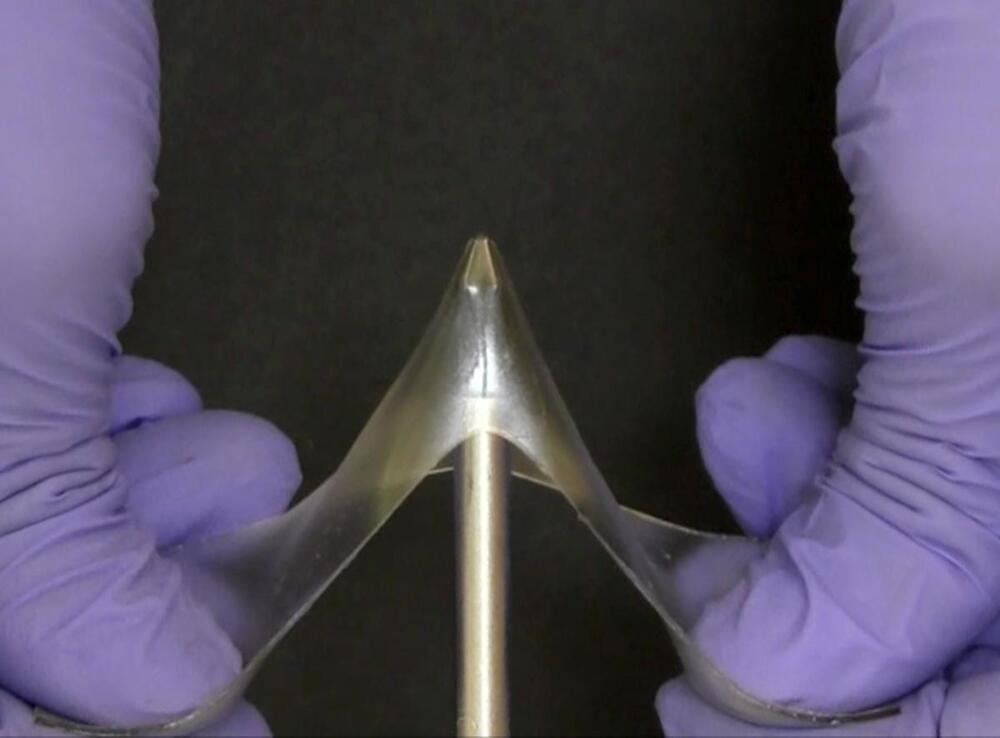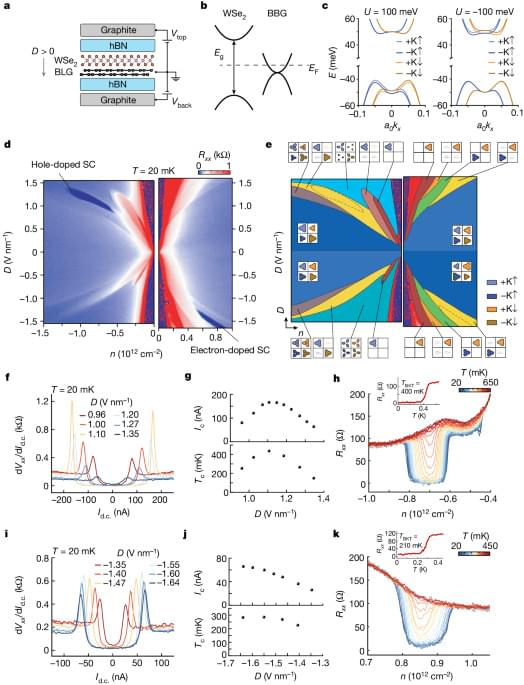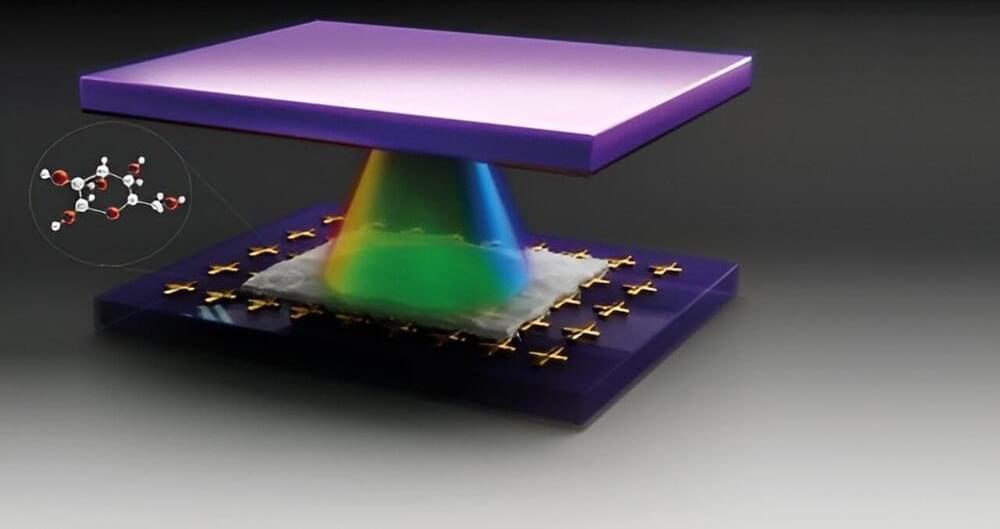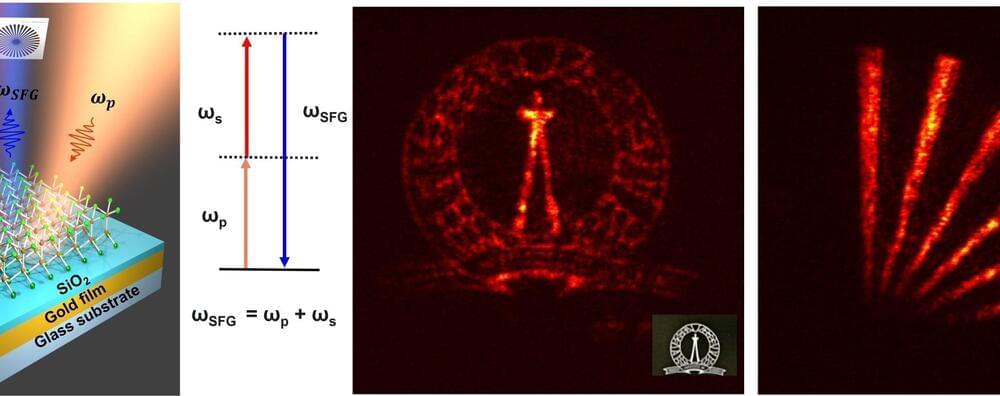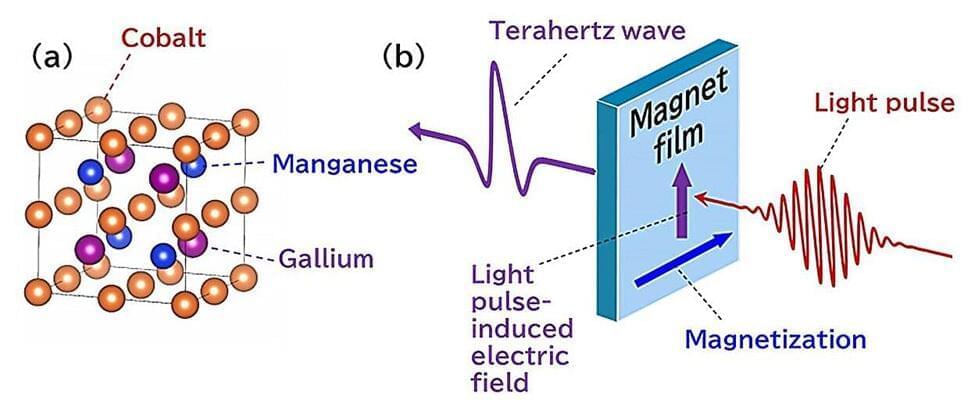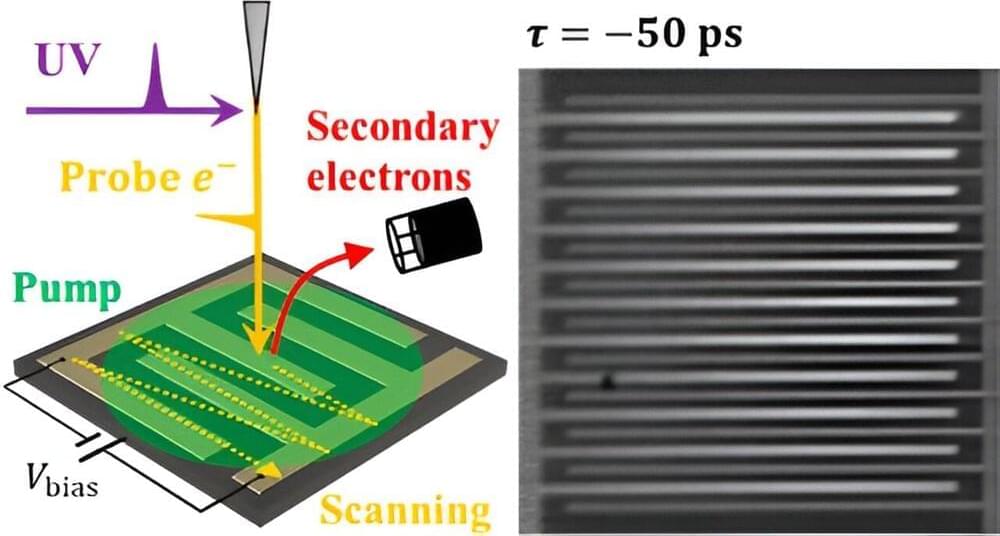Dr. Johan Christensen, leader of IMDEA Materials Institute’s Mechanical and Acoustic Metamaterials research group, is among the researchers behind a pioneering study exploring the topological properties of metamaterials.
Category: materials – Page 39
Researchers have created a new class of materials called “glassy gels” that are as hard as glassy polymers, but – if you apply enough force – can stretch up to five times their original length, rather than breaking. A key thing that distinguishes glassy gels is that they are more than 50% liquid, which makes them more efficient conductors of electricity than common plastics that have comparable physical characteristics. Credit: Meixiang Wang, NC State University.
Researchers have developed a new class of materials known as glassy gels, which combine the hardness of glassy polymers with the stretchability of gels.
These materials maintain over 50% liquid content, enhancing their elasticity and adhesive properties. The fabrication process involves mixing polymer precursors with an ionic liquid and curing with ultraviolet light, allowing for easy production and potential for widespread application in industries like electronics and medical devices.
Tunable superconductivity and a series of flavour-symmetry-breaking phases are observed in electron-and hole-doped Bernal bilayer graphene.
A team of international scientists led by the University of Ottawa have gone back to the kitchen cupboard to create a recipe that combines organic material and light to create quantum states.
The human eye can only see light at certain frequencies (called the visible spectrum), the lowest of which constitutes red light. Infrared light, which we can’t see, has an even lower frequency than red light. Researchers at the Indian Institute of Science (IISc) have now fabricated a device to increase or “up-convert” the frequency of short infrared light to the visible range.
Terahertz waves are being intensely studied by researchers around the world seeking to understand the “terahertz gap.” Terahertz waves have a specific frequency that puts them somewhere between microwaves and infrared light. This range is referred to as a “gap” because much remains unknown about these waves.
The so-called Casimir force or Casimir effect is a quantum mechanical phenomenon resulting from fluctuations in the electromagnetic field between two conducting or dielectric surfaces that are a short distance apart. Studies have shown that this force can be either be attractive or repulsive, depending on the dielectric and magnetic properties of the materials used in experiments.
Researchers at University of Tsukuba have developed an ultrafast time-resolved scanning electron microscopy instrument by integrating a scanning electron microscope with a femtosecond laser. This innovative system facilitates the observation of the instantaneous states of various materials. Their paper is published in the journal ACS Photonics.
UCLA researchers have created a new type of imager that can capture features much smaller than the limitations of traditional optical systems. This innovation has the potential to revolutionize fields like bioimaging, lithography and material science. The research is published in the journal eLight.
